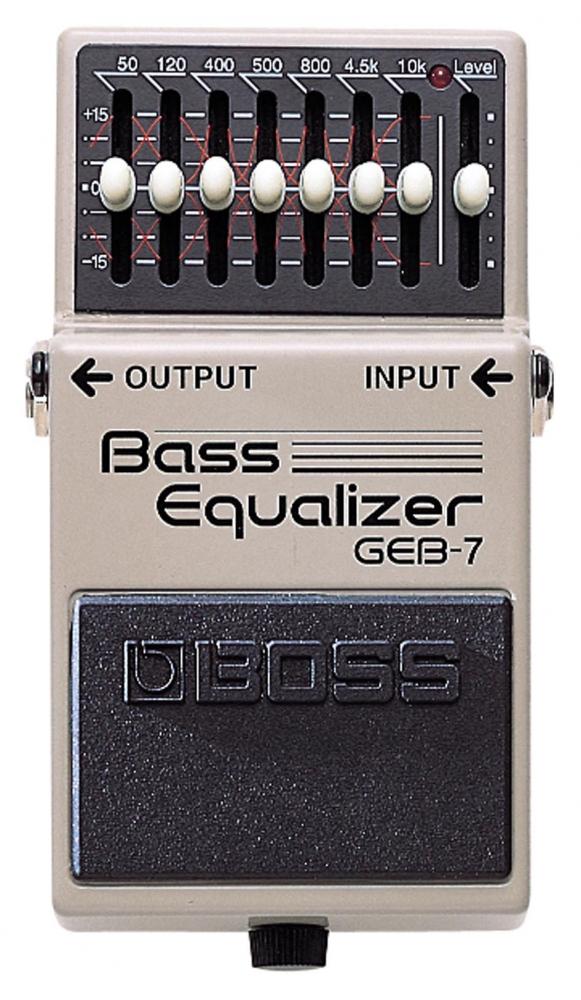I have always been told to EQ down for flat response, rather than boost.
Using the T48/DR280 as an example, I would pull down (cut) my sliders to bring everything to Flat in relation to 40 Hz.
Right or wrong?
EQ Down for Flat Response
-
bgavin
- Posts: 5738
- Joined: Thu May 04, 2006 10:58 am
- Location: Sacramento, Moderator/Licensed BF Builder
- Contact:
EQ Down for Flat Response
My biggest worry is that when I'm dead and gone, my wife will sell my toys for what I said I paid for them.
- Bill Fitzmaurice
- Site Admin
- Posts: 29017
- Joined: Tue May 02, 2006 5:59 pm
Wrong, as least as far as analog EQs go. Analog EQs have a lot of bandwidth overlap, and the higher the peak or lower the notch the more overlap there is between adjacent bands. To minimize this you want to cut and boost pretty much equally with respect to 0 dB. It's not as critical with digital EQs, which have far higher Qs than analog so less overlap, if any, but still a good idea. The main reason for the old 'cut only' adage was to maximize S/N, but with low noise circuits that's not much of a concern.
-
bgavin
- Posts: 5738
- Joined: Thu May 04, 2006 10:58 am
- Location: Sacramento, Moderator/Licensed BF Builder
- Contact:
Using two T48 as an example, they are flat at 112 SPL from 65 Hz, and drop to 100 SPL at 30 Hz.
The midpoint is 106 SPL, so I would boost the lower and cut the upper to get to 106 SPL as Flat?
I have interpolating EQ boxes.
The midpoint is 106 SPL, so I would boost the lower and cut the upper to get to 106 SPL as Flat?
I have interpolating EQ boxes.
My biggest worry is that when I'm dead and gone, my wife will sell my toys for what I said I paid for them.
- Bill Fitzmaurice
- Site Admin
- Posts: 29017
- Joined: Tue May 02, 2006 5:59 pm
-
Strapping Young Stu
- Posts: 1016
- Joined: Sat Dec 30, 2006 7:01 pm
- Location: Dorset, UK
Pedro take a graphic EQ from a bass right its gonna look like this

Notice how all the sliders are centered around the midpoint, so the frequencies that are louder, should be cut, and the frequencies that are quieter should be boosted like so

In the old days we were taught to cut ONLY so you would only take the louder frequencies and the frequencies that were middling in volume and take them down so that they were the level of the lowest volume frequencies, nowadays we dont need to do that anymore because technology has improved.
Stu

Notice how all the sliders are centered around the midpoint, so the frequencies that are louder, should be cut, and the frequencies that are quieter should be boosted like so

In the old days we were taught to cut ONLY so you would only take the louder frequencies and the frequencies that were middling in volume and take them down so that they were the level of the lowest volume frequencies, nowadays we dont need to do that anymore because technology has improved.
Stu
I've always EQ'd around center. Up where needed and down where needed.The only place I was more inclined to use cut at a greater rate than boost was with monitors. Bear in mind with a poorly designed monitor boost and cut will be necessary. With a proper designed one we would generally hit the Strips first for tone then the graphs for smoothing keeping the amount of cut or boost to an absolute minimum. Mains require a bit different approach.
Generally eq using noise or sine wave tones to gain flat response in the room. Then move the mic location to different locations and find the best compromise between boost and cut to flatten out the system at the most points in the room or even outside. Often this leads to repositioning stacks until you get acceptable coverage in most of the room. It's also time consuming! After getting a plot down we would put the curve into memory and script the set-up on a laptop using Word. I carry stage plots and room layout sheets so I can keep track of the set-ups. This helps minimize load-in to live time dramatically and keeps your shows running smooth.
Generally eq using noise or sine wave tones to gain flat response in the room. Then move the mic location to different locations and find the best compromise between boost and cut to flatten out the system at the most points in the room or even outside. Often this leads to repositioning stacks until you get acceptable coverage in most of the room. It's also time consuming! After getting a plot down we would put the curve into memory and script the set-up on a laptop using Word. I carry stage plots and room layout sheets so I can keep track of the set-ups. This helps minimize load-in to live time dramatically and keeps your shows running smooth.